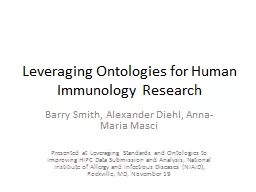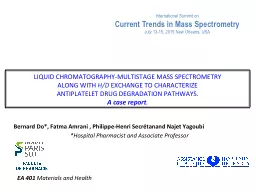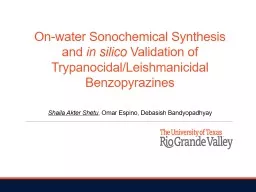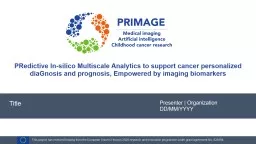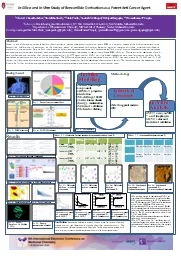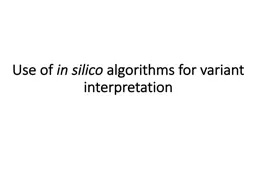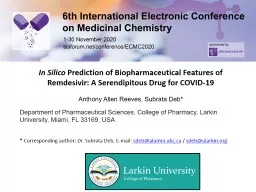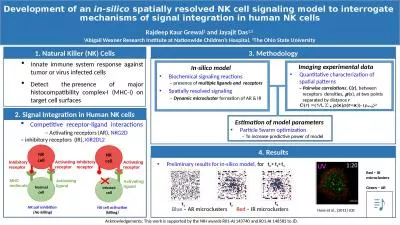PPT-(How) Can In silico and/or
Author : debby-jeon | Published Date : 2018-09-24
In vitro Testing be used for Toxicity Assessment instead of in vivo Approaches Timothy J Shafer 2012 SOT In vitro Lunch Disclaimer The views expressed in this
Presentation Embed Code
Download Presentation
Download Presentation The PPT/PDF document "(How) Can In silico and/or" is the property of its rightful owner. Permission is granted to download and print the materials on this website for personal, non-commercial use only, and to display it on your personal computer provided you do not modify the materials and that you retain all copyright notices contained in the materials. By downloading content from our website, you accept the terms of this agreement.
(How) Can In silico and/or: Transcript
Download Rules Of Document
"(How) Can In silico and/or"The content belongs to its owner. You may download and print it for personal use, without modification, and keep all copyright notices. By downloading, you agree to these terms.
Related Documents



